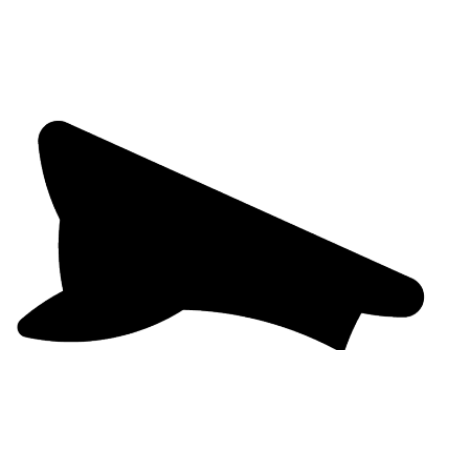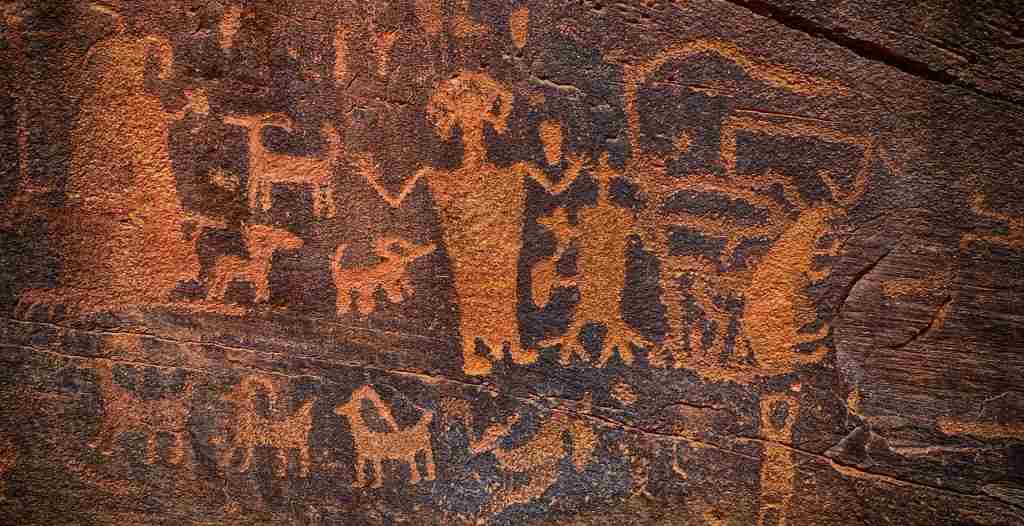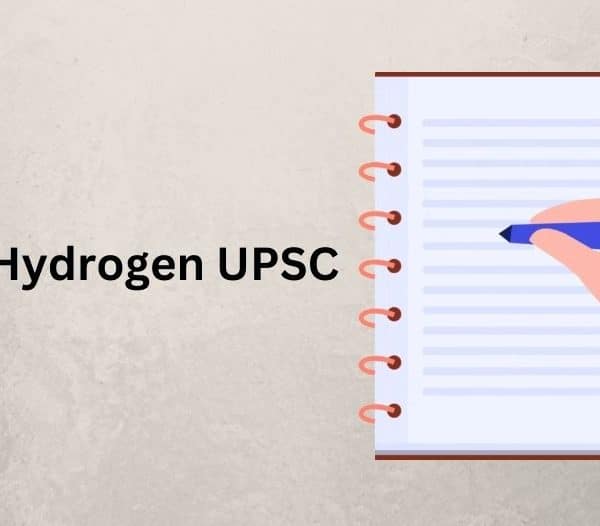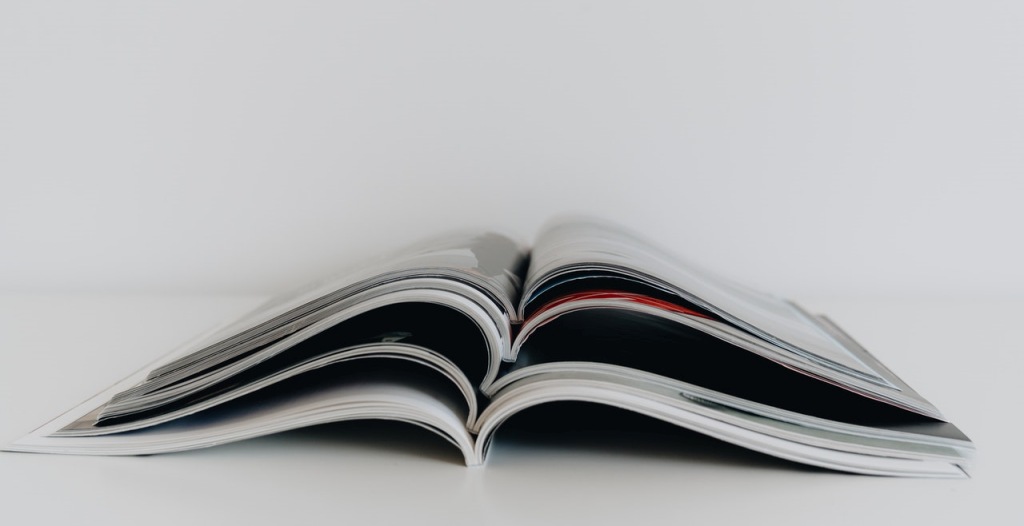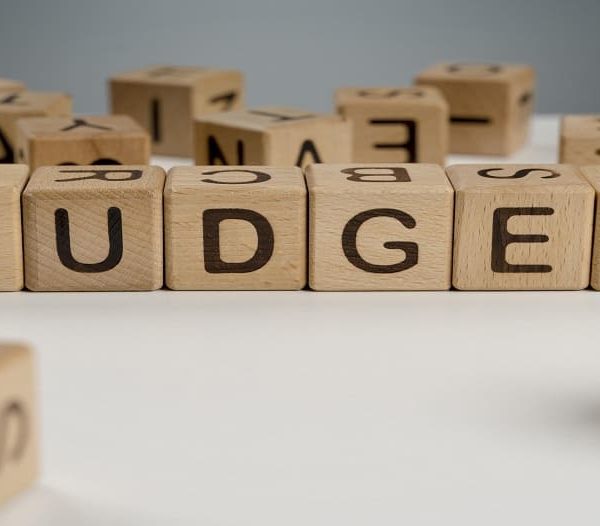Studying Indian Culture and Heritage for the UPSC Civil Services Exam is a tough task for most aspirants. Even though questions related to Art, Culture, Literature, and Architecture are certain to come in both UPSC Prelims and IAS Mains, the lack of concise study material is a challenge. There are of course reputed study material sources like the NCERT books, Centre for Cultural Resources and Training (CCRT) material, NIOS material, and Nitin Singhania’s Indian Art and Culture.
Art and Culture UPSC Syllabus 2020
| UPSC Art & Culture Topics | |
| Topics | Sub-Topics |
| Salient Art Forms |
|
| Literature (Ancient to Modern Times) |
|
| Architecture (Ancient to Modern Times) |
|
Art and Culture Books for UPSC Preparation
| Art & Culture Books for IAS Exam | |
| S.No | Art & Culture Books & Other Resources |
| 1. | NCERT Class 11 – Living Crafts Traditions of India |
| 2. | NCERT Class 11 – An Introduction to Indian Art Part-I |
| 3. | NCERT Class 12 – Craft Traditions of India |
| 4. | Indian Art & Culture By Nitin Singhania |
| 5. | NIOS Art & Culture Notes |
| 6. | CCRT Books from the Ministry of Culture |
| 7. | Friday Review of The Hindu newspaper that covers Art & Culture segment |
Also Read: How To Prepare for Art and Culture for UPSC?
Tips on How to Study for Art and Culture
- Cover each topic of History in the following subtopics:
- Religion
- Architecture
- Literature
- Miscellaneous. While reading any topic of history from any book, if you come across a fact that is related to any of the subtopics mentioned-above, you can make a note of it under your art and culture notes.
- Focus on topics likes:
- Dance Forms – Background and Details
- Puppetry
- Indian Philosophy Schools
- The architecture of all types
- Martial Arts, etc.
Important Subtopics to Pay Attention to
- Prehistoric Rock Paintings
- Arts of the Indus Valley
- Arts of the Mauryan Period
- Lion Capital & Sanchi Stupa
- Post-Mauryan Trends in Indian Art and Architecture
- Later Mural Traditions
- Temple Architecture and Sculpture
- Indian Bronze Sculpture
- Some Aspects of Indo-Islamic Architecture
- Difference between Gandhara and Mathura School of art
- Mahabalipuram: An Architectural Extravaganza
- Carnatic music
- Hindustani music
- Regional music (folk)
- Tata Vadya (Chordophones) – stringed instruments like Sitar, Veena, Santoor, etc.
- Sushira Vadya (Aerophones) – wind instruments like flute, Shehnai, Nadaswaram, etc.
- Avanaddha Vadya (Membranophones) – percussion instruments like Mridangam, Tabla, Dholak, etc.
- Ghana Vadya (Idiophones) – solid instruments that don’t require tuning (mostly used as accompaniments for tribal and folk music and dance).
- Theatre forms in India – traditional and modern
- Puppetry – string puppets, rod puppets, shadow puppets, and glove puppets.
- Miniature paintings
- Wall paintings of India
- Modern Indian painting
- Indus valley civilization
- Buddhist sculpture
- Gupta sculpture
- Progressive literature
- Dalit literature
- Use of mythology
- Contemporary literature
Also Read: Which Topics are Most Asked by UPSC?
Preparation Strategy for Art and Culture
- Read the newspapers for current affairs
- Pay special attention to NCERT old textbook of Ancient History, Spectrum book for Indian culture, Nitin Singhania notes
- Go through UPSC Previous Year Questions Paper (prelims and mains)
- Solve mock tests
- Analyze UPSC’s previous years’ civil services prelims exam questions papers and make a note of the topics on which questions have been asked in the prelims exam.
- cover the syllabus in both prelims and mains perspective and try to write short notes on the topic which would be helpful for you as answering writing practice for mains and also develop tactics to make probable questions for prelims and mains both.
- Use techniques while making short notes, like include figures, maps for cities, and states famous for their dance forms and cultures as it will be easy to revise as well.
Conclusion
The 97% percent questions on art and culture would be certainly asked from the expected zone of mentioned topics so being thorough in your preparation is generally enough to ace this particular section. Also note this and always remember that you need to clear the prelims and need not top it as the prelims marks will not be counted for the final result, hence save your stamina for the UPSC Civil Services Exam. Don’t forget the ultimate mantra i.e. to revise, revise, and recall. Revise and revise and revise these marked sources or the notes that you have made and UPSC previous papers as they are most repeated in a twisted format.
